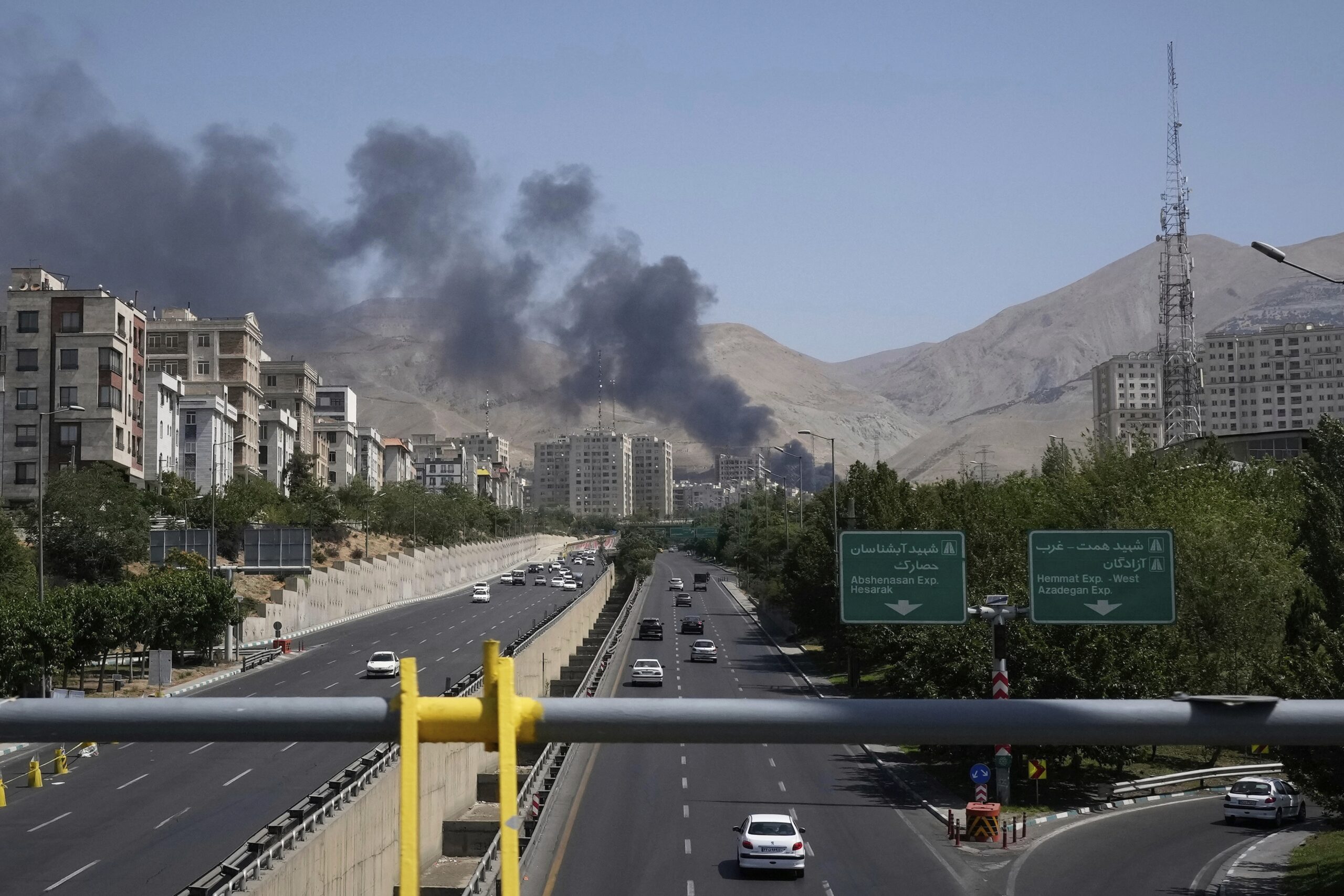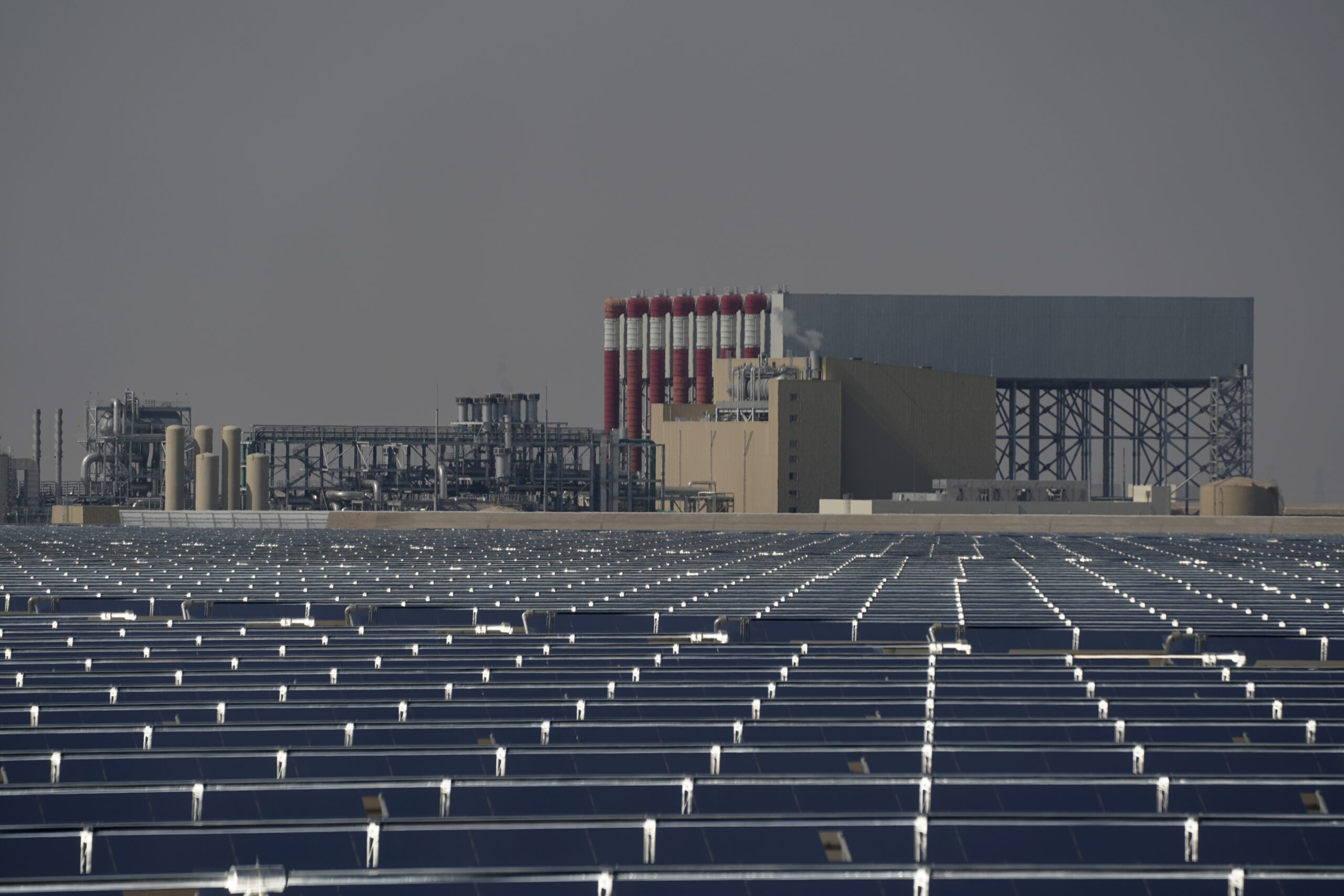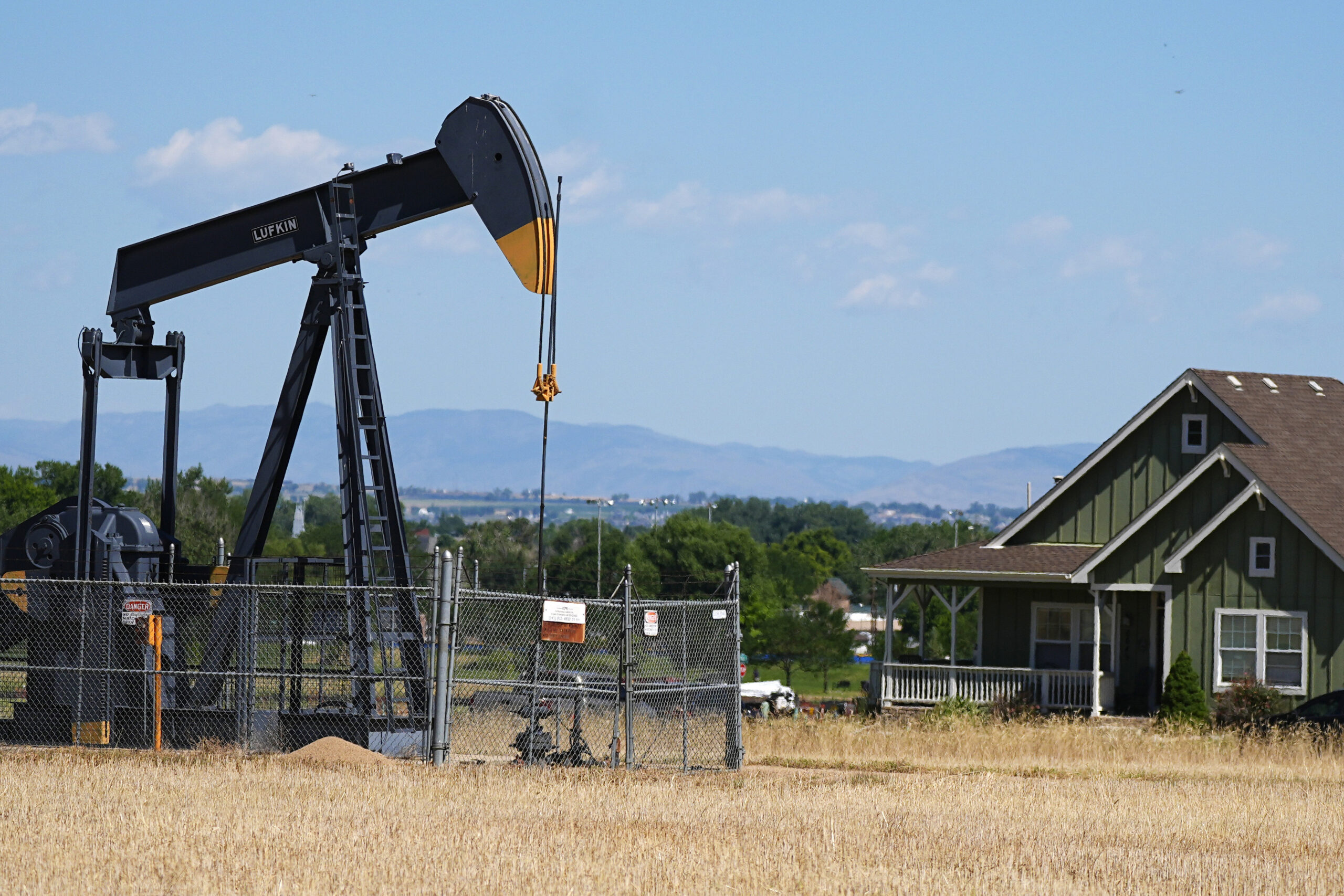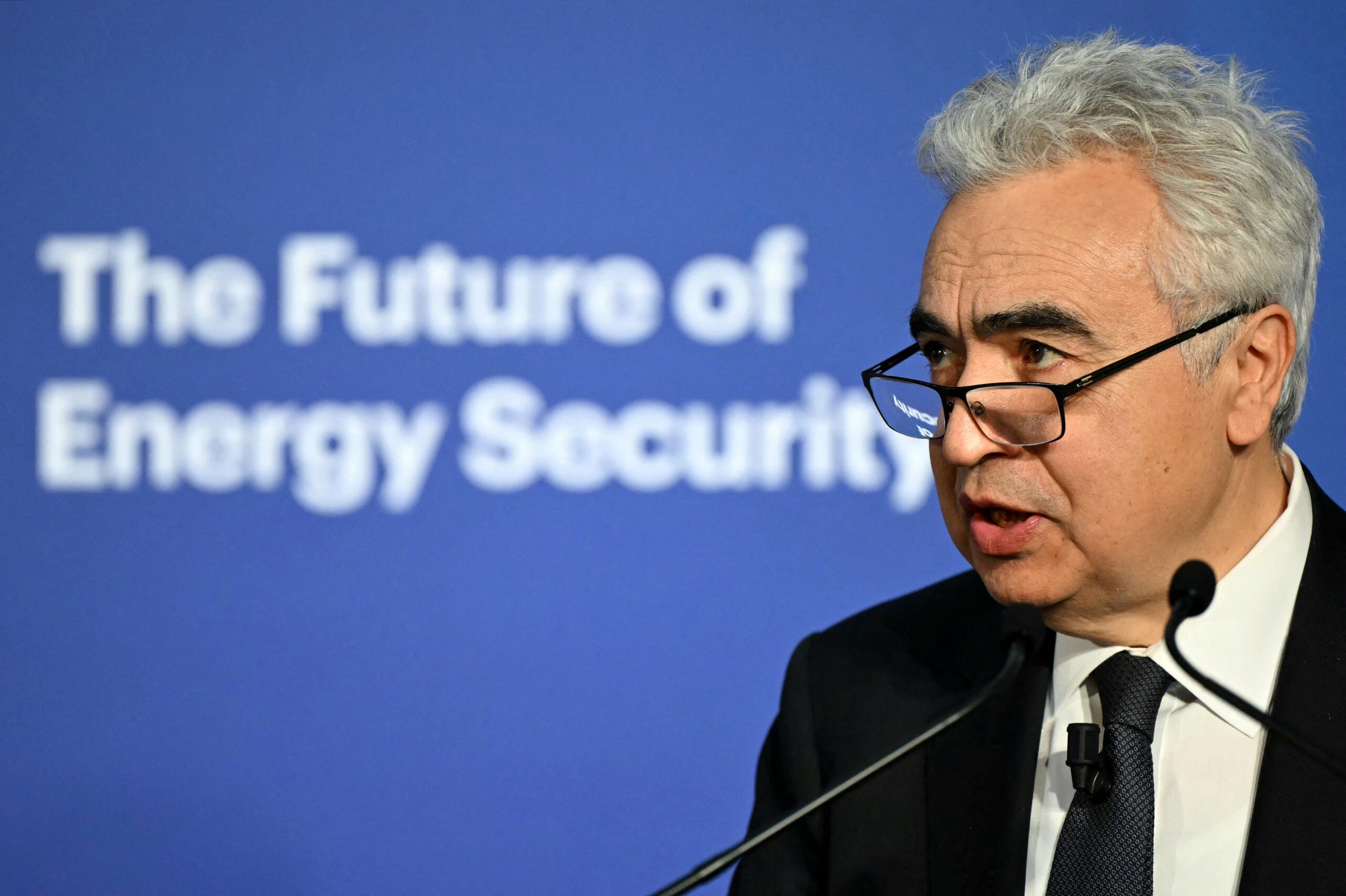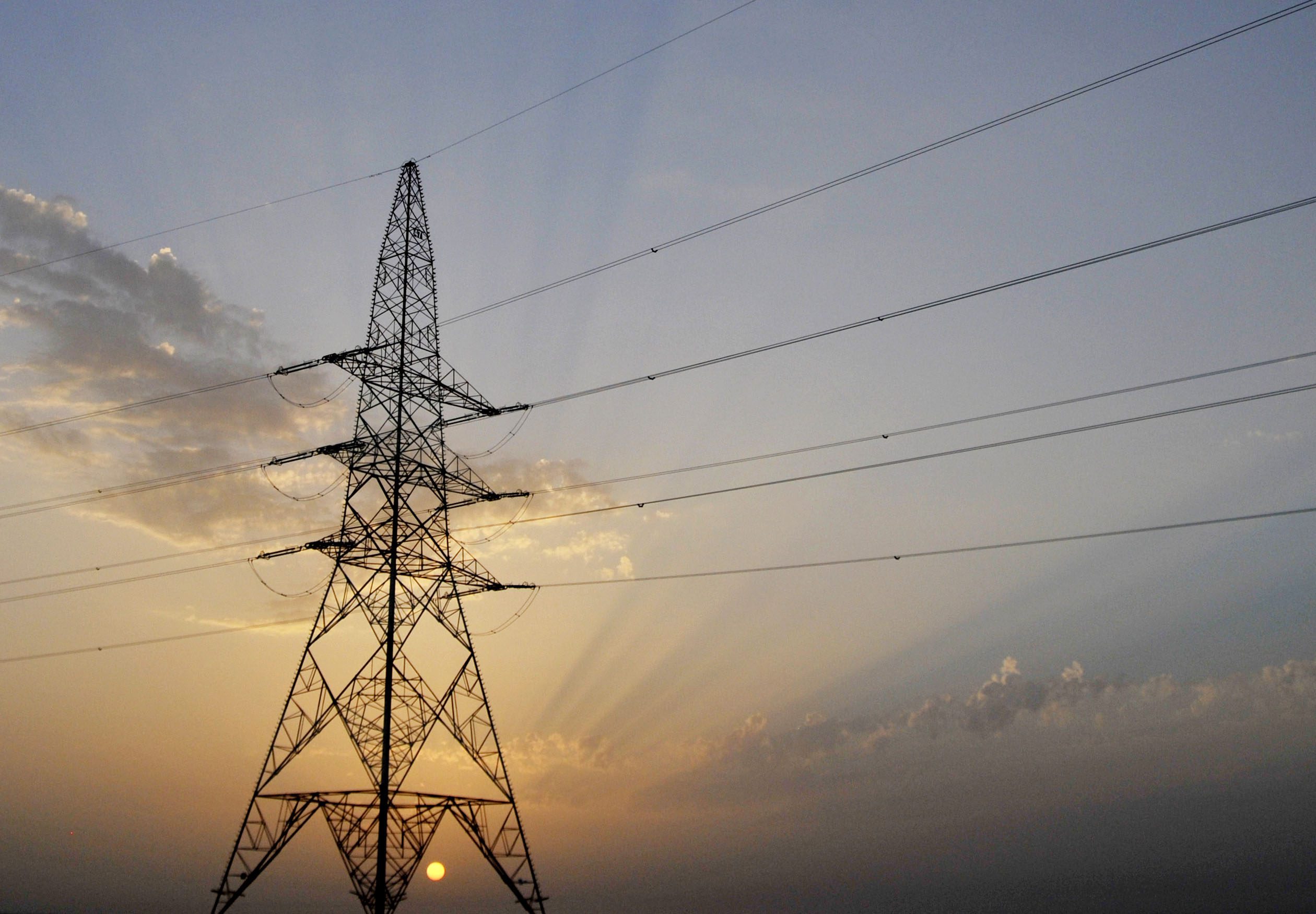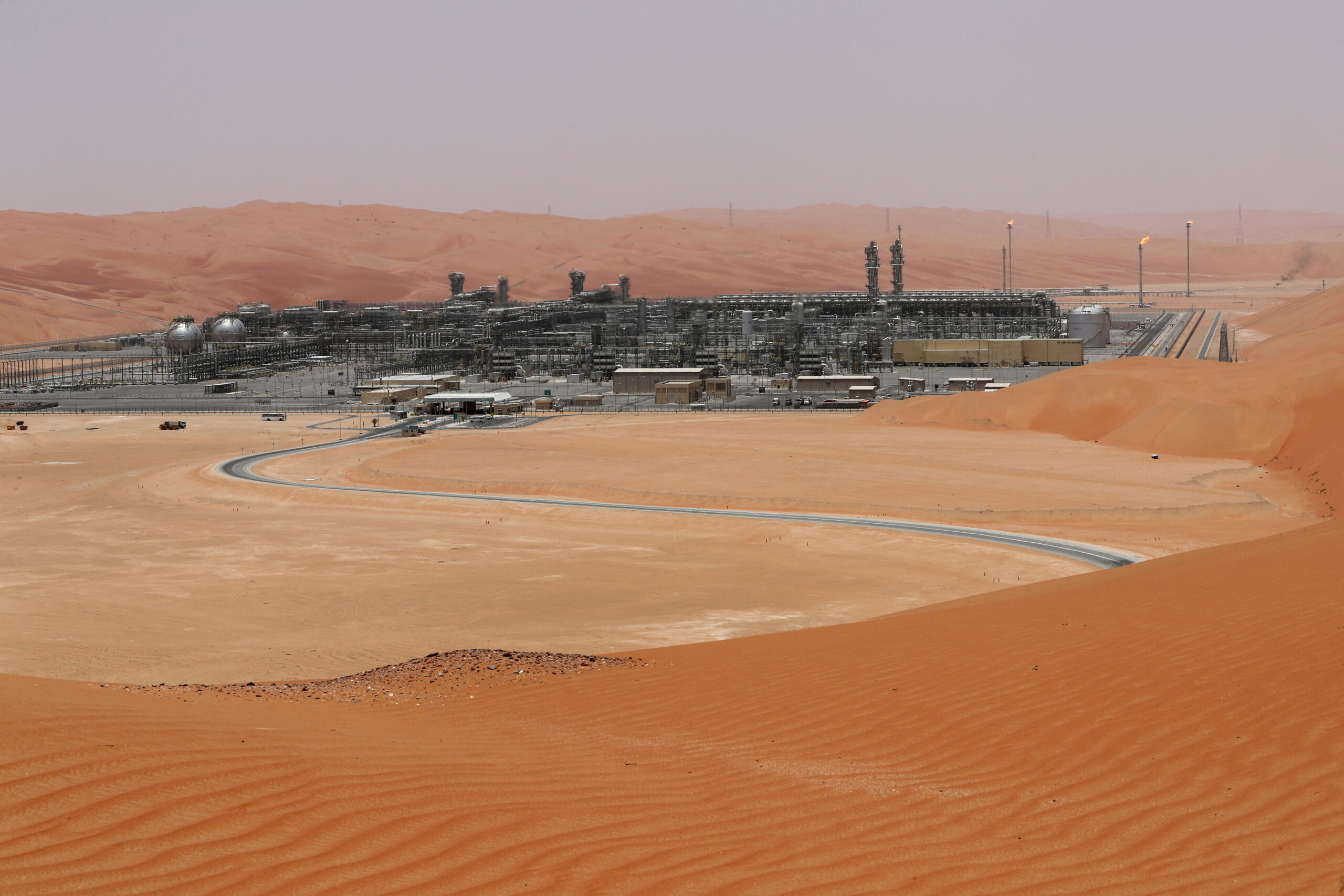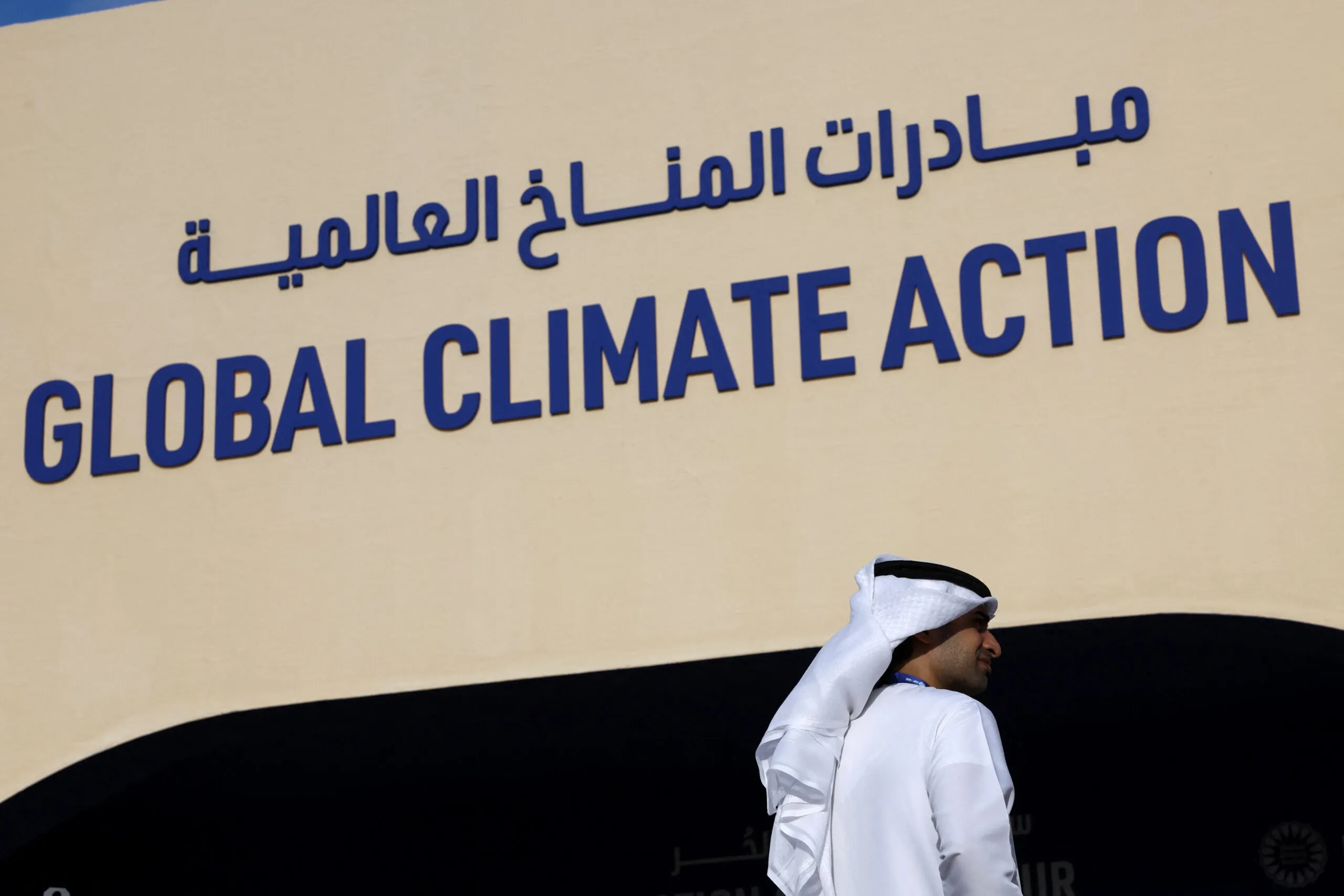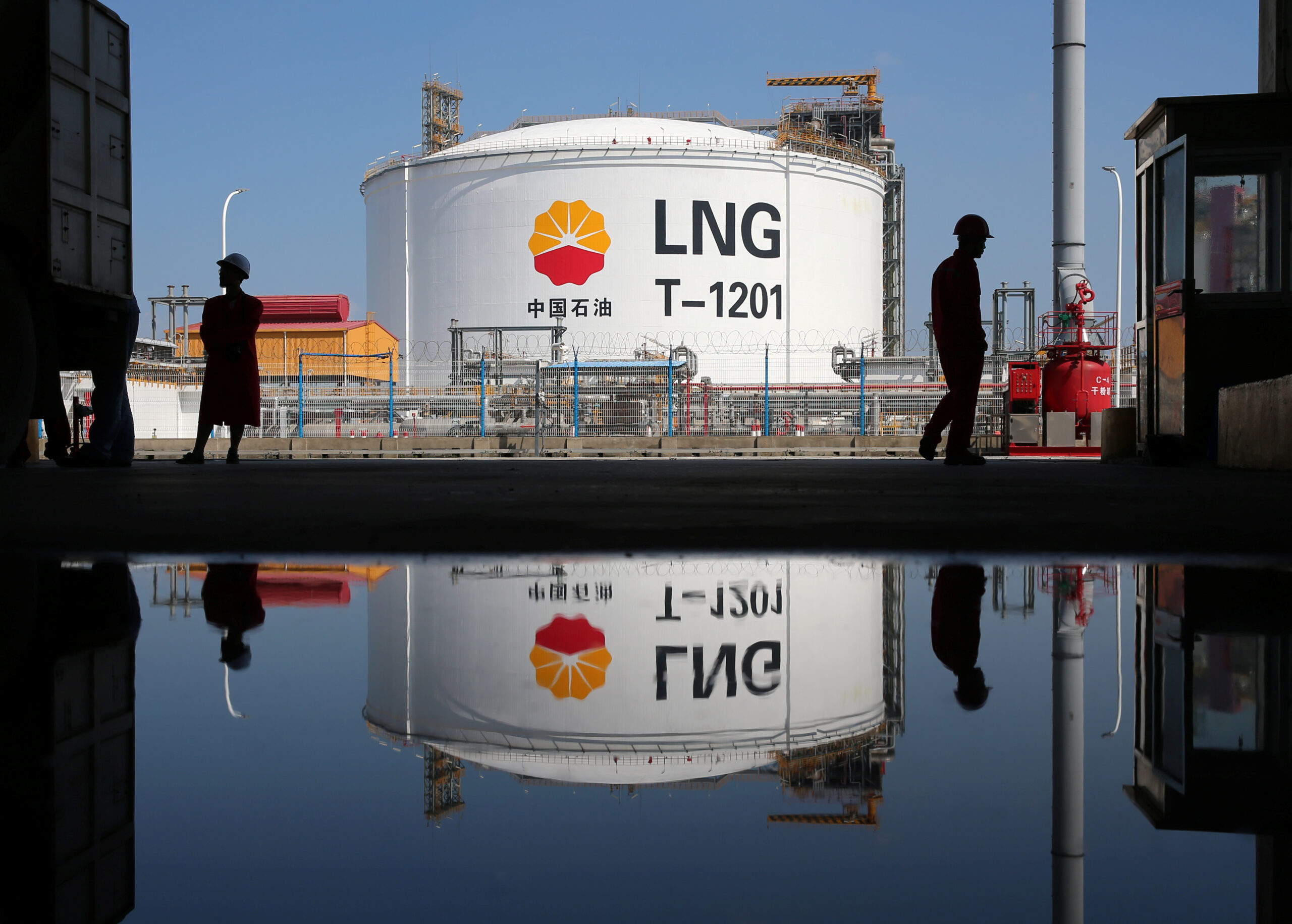Global Energy in Flux
2024 was a record-breaking year for global energy demand, and the energy transition appears to have a messy road ahead.
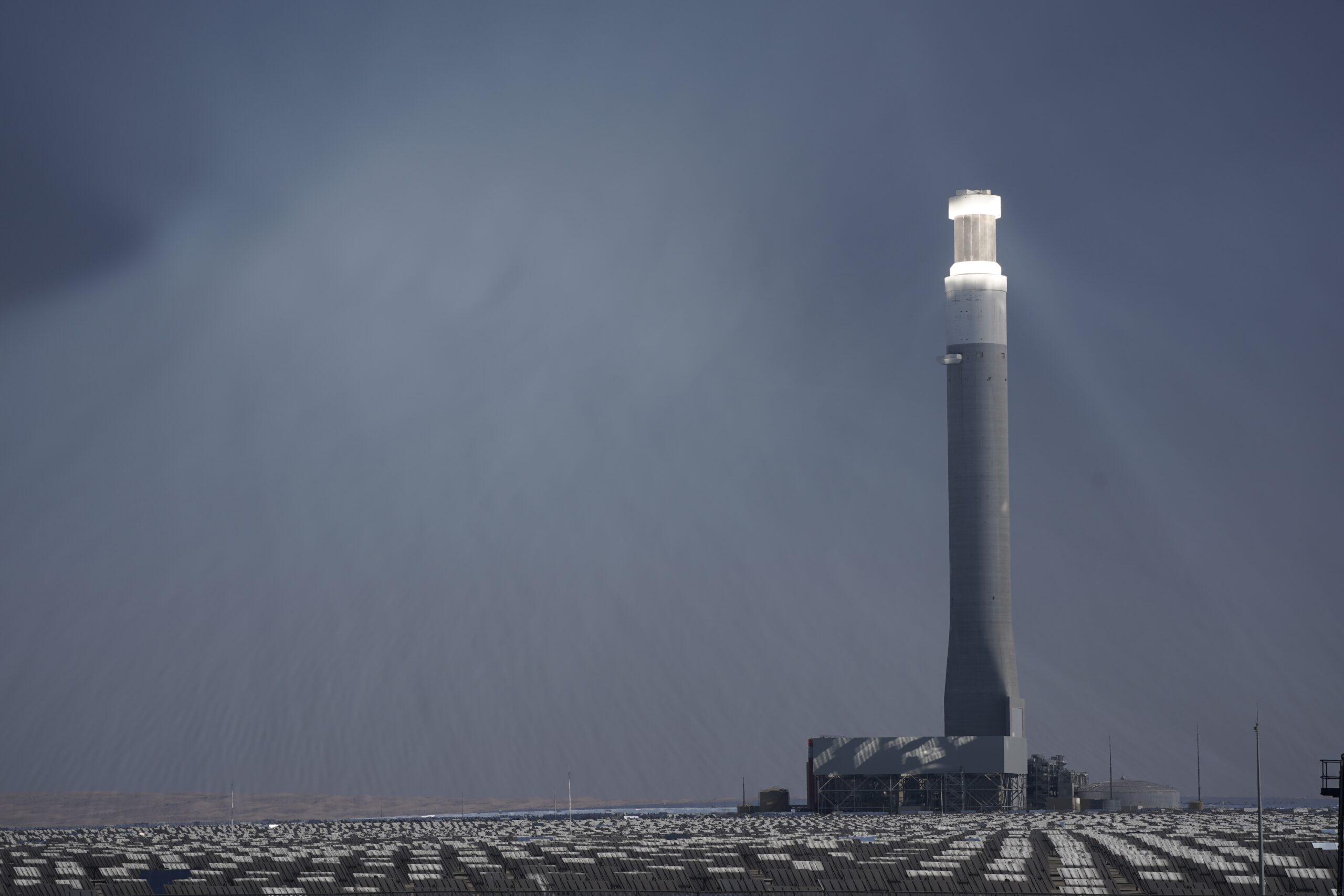
Total global energy demand rose by 2% in 2024, setting yet another all-time high. Every major energy source – coal, oil, gas, renewables, nuclear, and hydropower – reached record levels. Unsurprisingly, emissions also climbed by 1%, hitting a historic peak, according to the latest edition of the Energy Institute’s “Statistical Review of World Energy,” which was co-authored with KPMG and Kearney. Despite ambitious climate targets, the energy transition is proving to be more about addition than substitution – renewable energy is largely adding to overall energy use rather than replacing fossil fuels at scale.
The Middle East is no exception to this pattern: The region still relies heavily on fossil fuels for power generation, with 90% of electricity generation coming from burning natural gas and oil in power plants. Nick Wayth, the Energy Institute’s CEO, in a July 1 interview with Gulf Intelligence said the growth rate in the Middle East’s gas demand “was five times higher than the total installed capacity of solar.” This indicated just how far the Middle East still needs to go in its energy transition, he said. Because of this reliance on fossil fuels for power generation, the Middle East set new records for energy demand and greenhouse gas emissions in 2024, according to the report.
Oil and gas dominated the region’s energy mix, supplying 97% of a record 41 exajoules in energy demand – about 7% of global consumption. Despite a slight dip in oil production to 30.1 million barrels per day, the Middle East still accounted for nearly one-third of global output. Energy-related carbon dioxide emissions rose by 2.5% to 3 billion metric tons, the highest on record. Iraq saw the largest increase in CO2 equivalent emissions from energy, process emissions, methane, and flaring, up by 19% on the year in 2024. Surprisingly, emissions rose by 4.6% in the United Arab Emirates, which has the most diversified energy mix of the Gulf Cooperation Council states, including solar and nuclear power.
Amid these high emissions, there has been a noticeable shift to cleaner energy. Renewables, led overwhelmingly by solar, reached a record 5% share of electricity generation. Solar power alone grew by 23% year-on-year and has averaged 43% growth annually over the past decade. Saudi Arabia saw the most dramatic growth, nearly doubling its solar capacity from 2,585 megawatts in 2023 to 4,340 megawatts in 2024.
The UAE witnessed modest growth in renewables in 2024 of 1.2%, though it still enjoys the highest solar capacities in the region, having added 46.7% of its 2024 solar capacity since 2020. New capacity additions in 2024 in both Saudi Arabia and the UAE are not included in the review, and the numbers will be much higher with the kingdom on track to overtake the UAE as the Gulf region’s leading renewables player in 2025.
This increase in Saudi Arabia’s renewables capacity and additional gas production will lead to the displacement of oil and liquid fuels in power generation, potentially freeing up more oil for exportation. The International Energy Agency, in its “Oil 2025” medium-term outlook to 2030, wrote that the country’s “aggressive plans to phase out oil use in its electricity sector in favour of natural gas and renewables will slash oil burn in power generation by 1 mb/d over the forecast.” This will lead to a 620,000 b/d fall in Saudi Arabia’s domestic oil consumption, which the IEA noted is the “largest decline in oil demand in absolute terms for any country” in the outlook. Saudi Arabia has targeted eliminating the direct burning of oil in power generation by 2030.
The bulk of renewables growth in 2024 came online toward the end of the year. The 2.66-gigawatt Shuaibah complex was connected to the grid in the fourth quarter, and the kingdom is on track to add another 6.16 GW of capacity in 2025, bringing total installed capacity to 12.7 GW.
UAE capacity is also climbing, with Dubai having added 800 MW at the Mohammed bin Rashid Al Maktoum Solar Park this year. But standing at 6.6 gigawatts currently, its installed capacity will end the year well below Saudi levels.
Other Middle Eastern countries (excluding Saudi Arabia and the UAE) expanded their solar capacity by 1,196 MW rising from 3,819 MW in 2023 to 5,015 megawatts in 2024 – a 31.3% increase.
Electricity demand in the Middle East also surged 5.3% to 1,569 terawatt-hours, with 10% of the increase met by renewables – another small but notable shift.
Globally, energy demand reached a record 592 exajoules in 2024, with emissions hitting new highs for the fourth straight year. Although wind and solar grew rapidly – up 16% and nearly nine times faster than overall demand – they were still outpaced by the growth in fossil fuel consumption, which met 60% of new energy needs.
All energy sources, including coal, oil, gas, nuclear, and hydro, hit record consumption levels – driven largely by China, which added more renewable capacity than the rest of the world combined. In China, solar capacity increased by a staggering 47% in just one year. It is also the most electrified of all the major economies, having added the equivalent of the entire U.S. electrical system to its grid in the last decade, Wayth explained. This change in the energy landscape and the rapid rise in electrification in China has implications for oil demand, much of it supplied by Middle Eastern exporters
In 2024, about 85% of the year-on-year growth in Chinese electricity generation came from renewables, hydro power, and nuclear. Coal accounted for just 10%, while gas contributed around 5%. The displacement of oil in the road transportation sector in favor of electric vehicles has been flagged by the IEA as the main reason for the decline in global oil demand, which it expects to peak before the end of the decade.
Electricity demand, a key measure of the shift to cleaner energy, grew by 4% globally – about twice the rate of overall energy demand. This surge underscores the acceleration of the electrification trend, from electric vehicles to industrial processes and residential heating and cooling.
However, this transition is anything but smooth. In Europe and the United States, emissions continue to decline steadily, signaling what appears to be a structural shift away from fossil fuels. In contrast, China is seeing growth across nearly all energy sources, though oil consumption fell in 2024 – a possible sign that 2023 might have been the peak year for Chinese oil demand. Meanwhile, in emerging economies, including India, Indonesia, and Malaysia, energy demand growth remains heavily reliant on fossil fuels. These divergent regional paths illustrate that the energy transition is far from uniform.
In Europe, electricity demand has started to grow again after decades of structural decline, driven in part by new factors, such as data centers, and, increasingly, air conditioning. Globally, around 60% of year-on-year electricity demand growth is now attributed to air conditioning. As heat waves intensify, even traditionally cooler countries are seeing rising demand for residential cooling.
Geopolitical tensions and supply chain disruptions add another layer of complexity. Delays in obtaining gas turbines and transformers are now measured in years rather than months, partly due to geopolitical frictions around critical minerals and manufacturing capacity.
Despite these challenges, investment continues to flow. In 2024, roughly $2 trillion went into energy transition investments, while about $1 trillion was directed toward conventional oil and gas projects. However, the nature of these investments differs fundamentally: Renewables function more like infrastructure projects, requiring a long-term mindset, while fossil fuels remain commodities businesses.
Gas, in particular, had a strong year in 2024, growing by about 2.5% – making it the fastest-growing fossil fuel. In comparison, coal and oil grew by less than 1%. Gas now plays a critical role in power generation globally: In the United States, it accounts for about 40% of electricity generation, and, in the Middle East, it provides 60% to 70%. Yet, methane emissions and flaring remain significant challenges for the gas industry. Absolute emissions of methane, a potent greenhouse gas, rose in 2024 despite global commitments to reduce them, including pledges made at the COP28 United Nations climate summit in Dubai at the end of 2023.
Energy affordability is a persistent concern, especially in developing economies. When gas prices spiked in 2022 following Russia’s invasion of Ukraine, Europe managed to secure supply – though at high cost – while other regions, unable to afford it, reverted to coal. In Asia, particularly Southeast Asia, the pace of renewable deployment is being outstripped by rapid demand growth, reinforcing reliance on fossil fuels.
Meanwhile, North American energy trade remains robust, despite ongoing tariff discussions between Canada and the United States. True energy independence is more of a myth than a reality, given the complex web of cross-border trade in oil, gas, and electricity.
Looking ahead, two major risks stand out. First, security of supply remains a vulnerability: Chokepoints such as the Strait of Hormuz could be targeted, disrupting global oil flows and triggering price shocks with far-reaching economic consequences. Second, the impact of climate change itself on energy systems is becoming more pronounced – extreme weather events, from heatwaves to flooding and hurricanes, are affecting generation capacity, transmission infrastructure, and hydroelectric reliability.
On the oil side, global supply remains ample. U.S. production reached a record 20 million barrels per day in 2024, surpassing the combined output of Saudi Arabia and Russia. However, this may represent a high-water mark for U.S. output, given capital discipline and geological constraints. The world is nearing peak oil demand within this decade. The decline in Chinese oil demand is a signpost, though emerging markets, such as India, continue to drive consumption. The crucial question is whether the post-peak decline will be gradual or more abrupt.
“Last year was another turning point for global energy, driven by rising geopolitical tensions. Energy security, resource access, and technological sovereignty are now taking priority over climate goals,” wrote Romain Debarre, partner and managing director of the Kearney Energy Transition Institute, in commenting on the review. “This year’s data reveals three trends that are shaping the energy landscape: energy use is rising, but patterns are shifting; electrification is rapidly accelerating; and the energy transition remains chaotic.”
The global energy system is entering a period of unprecedented change. Rapid advances in renewables and electrification coexist with stubborn fossil fuel dependence. Investment continues to pour in, but regional dynamics and infrastructure challenges make the transition anything but linear and, if anything, even chaotic.
The views represented herein are the author's or speaker's own and do not necessarily reflect the views of AGSI, its staff, or its board of directors.

